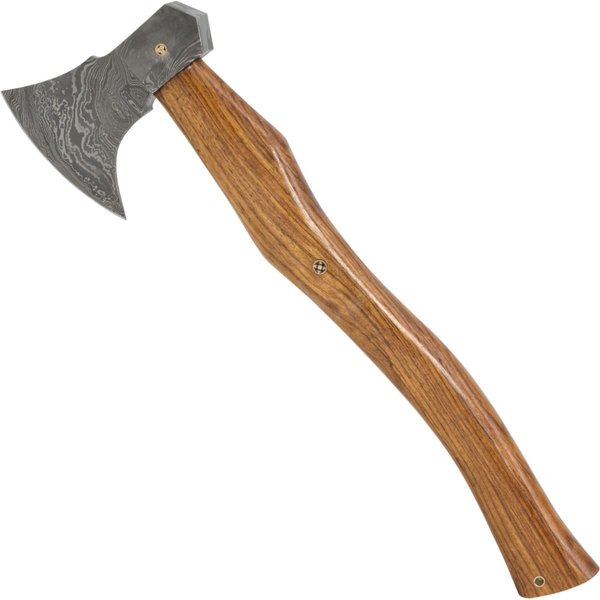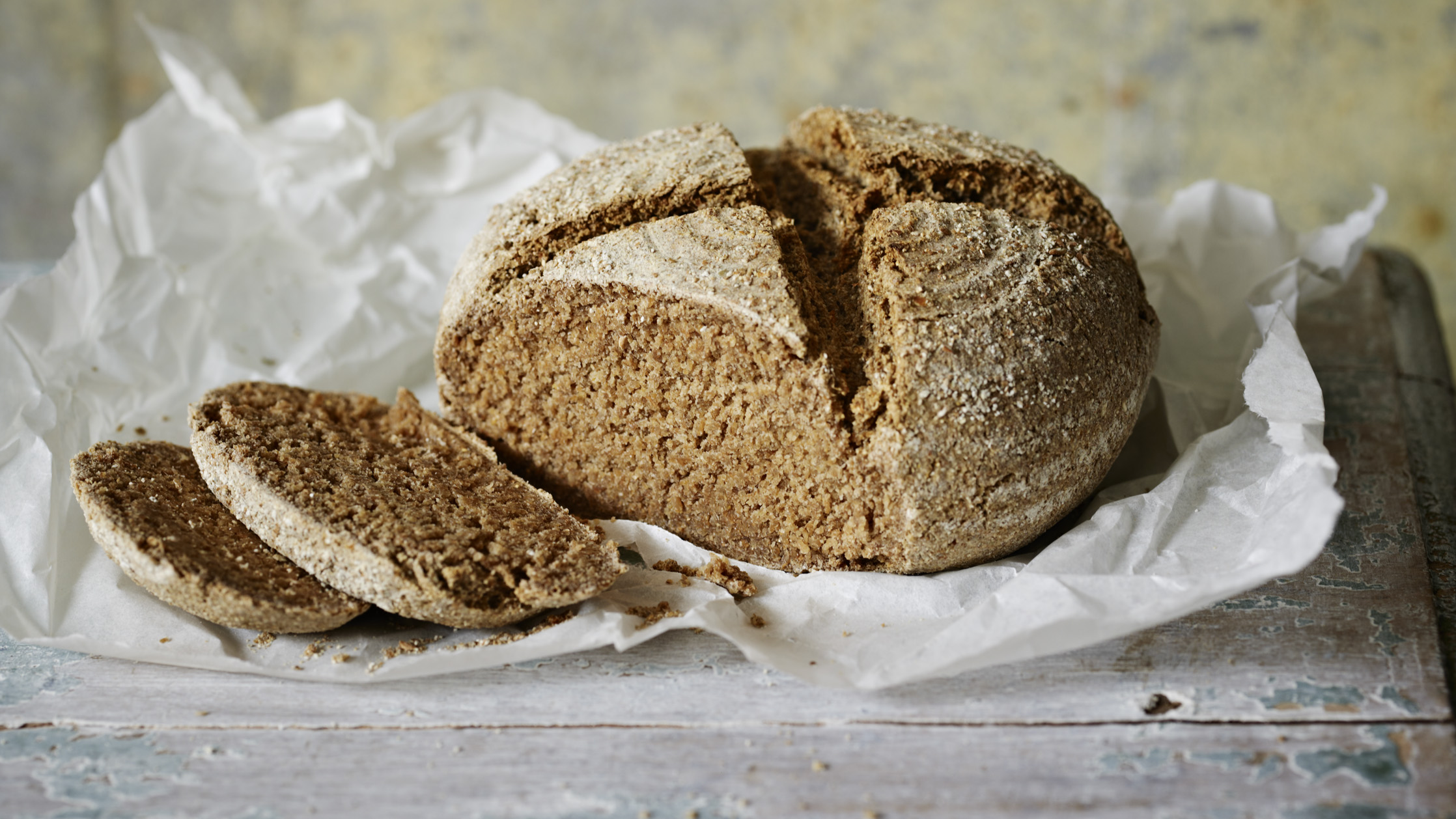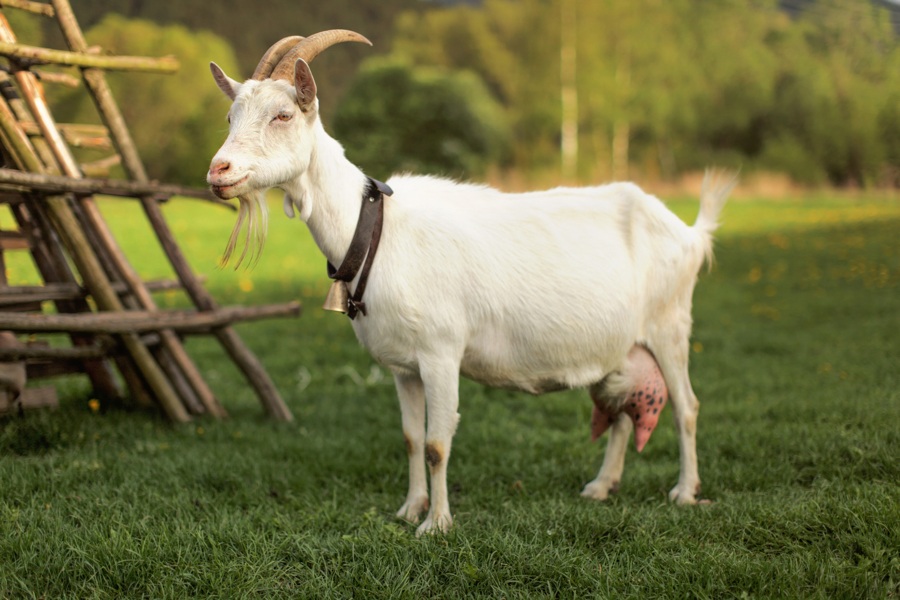First of all, answer this question in your mind:
What is the most important difference between the Palaeolithic and the Neolithic?
Why do we talk about the "Neolithic Revolution"?
–Later you are going to see if your mental answer is right or not.
Today we are going to start by reviewing some English vocabulary. Please make sure you know these words before studying the lesson.
 |
| This man is polishing a piece of marble |
 |
| This towel is made of fabric... |
 |
| ...And this is not "a fabric"! It is a factory where machines weave fabric. (Weave = tejer) |
 |
| This is a craftsman, or an artisan: a person who makes things with his hands. |
 |
| This is a sickle: a tool for cutting grass or harvesting cereal |
 |
| This is an axe |
 |
| This is a hoe (Spanish: azada) |
 |
| This is a wind mill for grinding cereal (and producing flour) |
Wheat is the most common cereal (in the Western world): most bread is made of wheat flour.
In East Asia and in other parts of the world, the most common cereal is rice. Maize (or corn) is a cereal that comes from America.
You can also make bread out of rye (centeno) flour, but this kind of bread is dark.
Barley (cebada) is mainly used for feeding animals, and also to produce beer.
Oats (avena) is the favourite food for horses.
 |
| Rye bread |
A farmer is a person who works in a farm. There are two types of farming:
- Agriculture: raising crops (plants for eating: cereals, vegetables...)
- Livestock farming: raising domestic animals, or farm animals: hens, rabbits, pigs, cattle (cows, bulls, etc. Livestock are all the farm animals in general. Cows and all the livestock of the same species are called cattle.
Some domestic animals:
 |
| A goat. |
 |
| Cattle: a bull (adult male), a cow (adult female) and a calf. A castrated bull is an ox (plural: oxen) |
This is the presentation about the Neolithic period. It corresponds to pages 112-113 of your book.
In this video you can see a woman weaving on a Neolithic loom:


No comments:
Post a Comment
Note: only a member of this blog may post a comment.